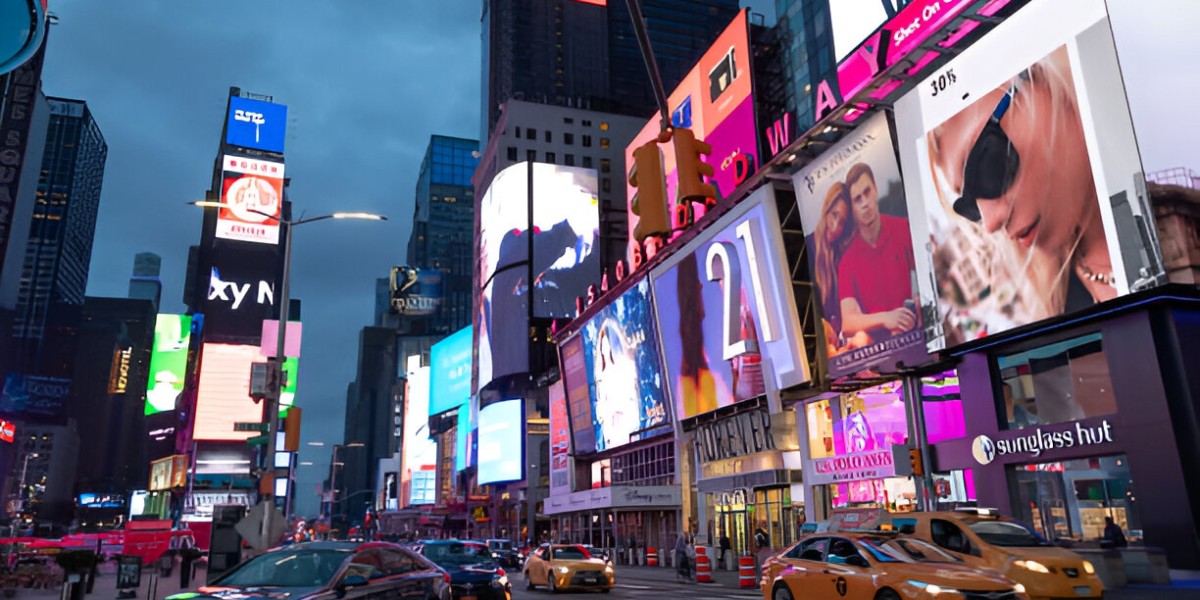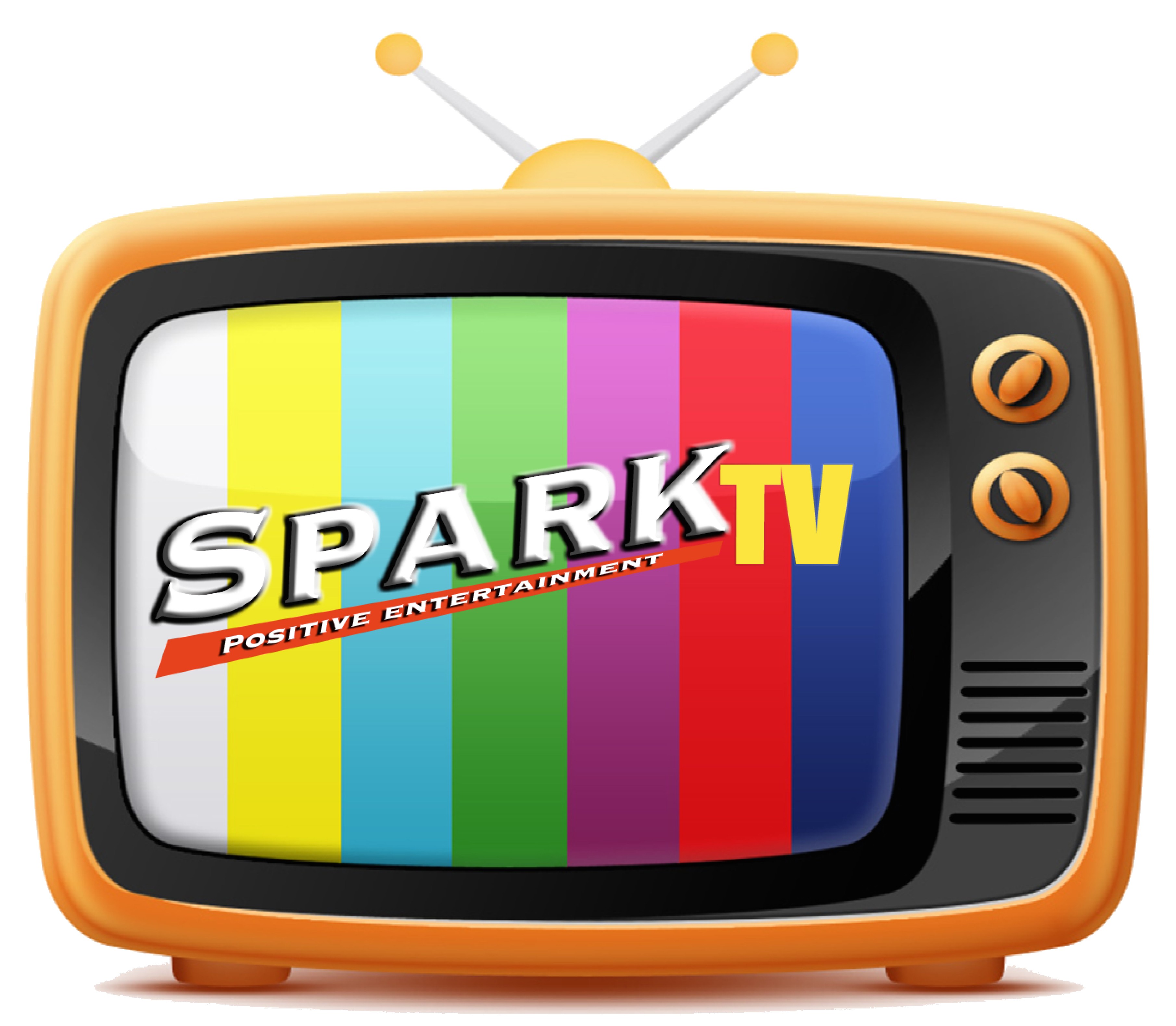LED display technology has evolved significantly over the years, transforming how businesses, advertisers, event organizers, and retailers engage with their audiences. From ultra-thin flexible screens to energy-efficient MicroLEDs, the latest advancements in LED displays are pushing the boundaries of innovation. Whether it is for digital billboards, interactive retail displays, or immersive event experiences, LED screens are at the forefront of visual communication.
In this blog, we will explore the latest trends in LED display technology, how these innovations are shaping industries, and what businesses should consider when investing in modern LED solutions.
1. Rise of MicroLED Technology
One of the most significant advancements in LED displays is MicroLED technology. Unlike traditional LCD or OLED displays, MicroLEDs use tiny, self-emitting LED units, which result in superior brightness, energy efficiency, and a longer lifespan.
Key Advantages of MicroLED Displays
Higher brightness and contrast than OLEDs
Energy-efficient, reducing power consumption
Longer lifespan with minimal burn-in risk
Exceptional color accuracy and deep blacks
Use Cases:
Luxury retail displays
High-end home theatres
Digital signage for premium brands
Large-scale event screens
With major technology companies investing heavily in MicroLEDs, this technology is expected to dominate the future of LED displays.
2. Flexible and Transparent LED Displays
The demand for flexible and transparent LED screens is increasing, particularly in sectors like retail, architecture, and entertainment. Unlike traditional rigid LED panels, these displays can be curved, bent, or wrapped around surfaces, enabling creative and unconventional designs.
Flexible LED Displays:
Can be installed on curved surfaces and corners
Used in innovative advertising displays and event backdrops
Ideal for wearable technology and automotive displays
Transparent LED Displays:
Suitable for storefront windows and museums
Creates a futuristic and immersive viewing experience
Allows natural light to pass through, making it aesthetically appealing
Luxury brands have started using transparent LED displays in their storefronts to create dynamic visual merchandising experiences.
3. Ultra-HD and 8K LED Displays
As demand for high-resolution content increases, Ultra-HD (4K) and 8K LED displays are becoming more common in digital signage and entertainment industries. These ultra-high-resolution screens provide crisp details, vibrant colors, and lifelike visuals, making them ideal for:
Broadcast and film production: High-definition live streaming and virtual sets
Theatre and events: Enhancing audience experiences with realistic visuals
Corporate boardrooms: High-resolution presentations and video conferencing
Retail and marketing: Attracting customers with visually stunning advertisements
With major LED screen suppliers in Dubai offering 8K display solutions, businesses in the region are rapidly upgrading their signage for maximum impact.
4. AI-Powered Smart LED Displays
Artificial Intelligence (AI) is transforming LED display technology by making screens smarter, more interactive, and adaptive. AI-powered LED displays can:
Analyze audience behavior and adjust content accordingly
Optimize brightness and power consumption to improve energy efficiency
Enable real-time content adjustments based on weather, time, or user interactions
Integrate with voice and gesture recognition to enhance customer engagement
Retailers are now using AI-driven LED displays to show targeted advertisements based on customer preferences, increasing engagement and sales conversions.
5. Energy-Efficient and Eco-Friendly LED Displays
With the increasing focus on sustainability, energy-efficient LED displays are gaining popularity. New advancements in LED technology have resulted in low-power consumption screens that:
Use significantly less energy compared to older LED models
Support solar-powered options for outdoor signage
Are made with recyclable materials to reduce e-waste
Companies investing in eco-friendly LED solutions are not only reducing operational costs but also contributing to global sustainability efforts. Many signage suppliers in Dubai are now offering green LED display options to meet the region’s sustainability goals.
6. Immersive LED Video Walls and XR Stages
The demand for immersive digital experiences is driving the adoption of large-scale LED video walls and Extended Reality (XR) stages. These are widely used in:
Virtual production: LED walls replacing green screens in film and television production
Sports arenas and concerts: Large LED screens enhancing live events
Automotive showrooms: Interactive LED walls showcasing 3D vehicle models
One of the most notable applications is in film production, where LED walls with real-time CGI have replaced traditional green screens, making production more efficient.
7. 3D and Holographic LED Displays
3D and holographic LED technology is making an impact in digital advertising and entertainment. Unlike traditional screens, glasses-free 3D LED displays create lifelike depth and motion, capturing attention instantly.
Common Applications:
Billboard advertising with dynamic 3D visuals
Museums and exhibitions using interactive holographic displays
Gaming and entertainment for immersive virtual experiences
Dubai’s skyline is now home to advanced 3D LED billboards, with signage suppliers in Dubai integrating this cutting-edge technology into outdoor advertising spaces.
8. Interactive and Touchscreen LED Displays
Touchscreen LED displays are transforming customer engagement across multiple industries. These screens allow users to interact with digital content, making them perfect for:
Retail and shopping malls: Virtual product catalogs and self-service kiosks
Hotels and restaurants: Digital menu boards and smart concierge services
Car showrooms: Virtual test drives and customization tools
Luxury car brands now use interactive LED touchscreens in their showrooms, allowing customers to configure and preview cars in real-time before making a purchase.
9. Cloud-Based LED Display Management
Businesses are shifting towards cloud-controlled LED displays, enabling remote management of content across multiple locations. This trend is especially useful for:
Retail chains and franchises: Centrally managing promotions and pricing updates
Corporate digital signage: Scheduling internal announcements remotely
Event organizers: Synchronizing LED displays across venues
With cloud-based software, businesses can instantly update content, track performance, and automate schedules, making LED display management more efficient than ever.
Conclusion
The LED display industry is evolving rapidly, with MicroLEDs, AI-driven displays, immersive video walls, and eco-friendly innovations leading the way. As businesses in Dubai and around the world embrace these advancements, LED screens are becoming more dynamic, efficient, and engaging.
For those looking to invest in the latest LED display solutions, exploring trusted LED screen suppliers in Dubai and signage suppliers in Dubai is essential to finding cutting-edge, high-quality products. Whether in retail, hospitality, advertising, or entertainment, adopting these new LED technologies will enhance brand visibility and audience engagement.
Would you like assistance in choosing the right LED display for your business? Contact an expert today to explore the best options available.








